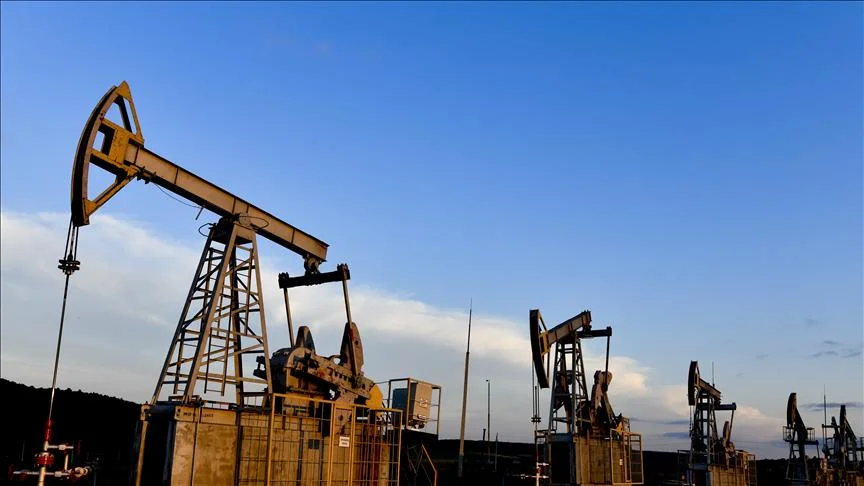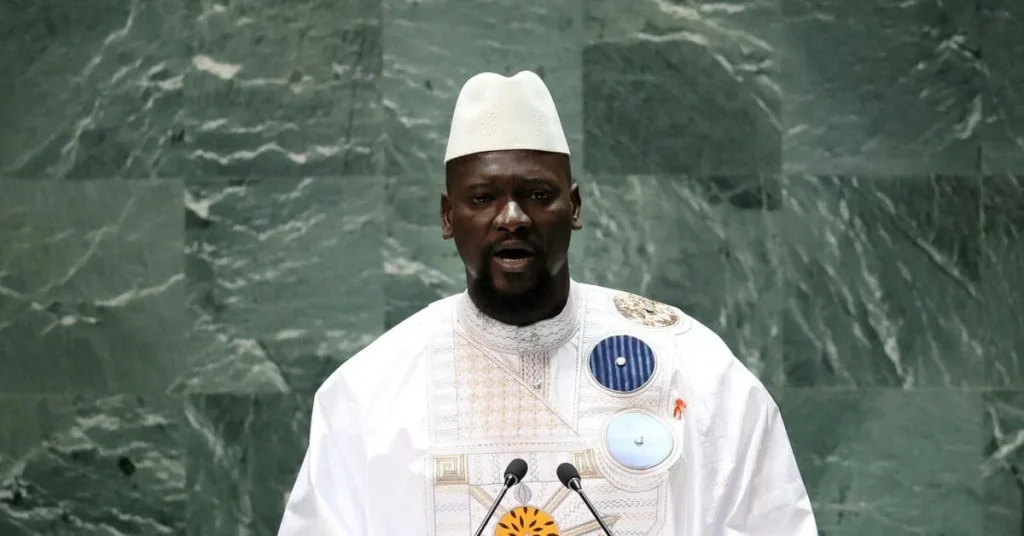The OPEC+ alliance, led by Saudi Arabia and Russia, convened on May 5, 2022, to address global oil supply amidst easing pressure to significantly boost production. “Major oil producers… meet Thursday with less pressure to open taps more widely than planned,” as concerns over reduced demand from China’s Covid-19 lockdowns counterbalance tightening supply fears from potential European Union (EU) sanctions on Russian oil. The group, which slashed output by 10 million barrels per day (bpd) in 2020 during the pandemic-induced price crash, has been gradually increasing production by about 432,000 bpd monthly since mid-2021. Analysts, including Commerzbank’s Carsten Fritsch, expect OPEC+ to maintain this modest increase, despite earlier U.S.-led calls for faster output hikes as Brent crude prices hovered above $106.
China’s Lockdowns Dampen Demand
China, the world’s second-largest oil consumer, has imposed strict lockdowns in Shanghai, confining 25 million residents and raising fears of weakened oil demand. “The price slide was sparked by concerns that the ongoing coronavirus lockdowns in China could seriously dampen oil demand there,” Fritsch noted. The International Energy Agency (IEA) reported in March 2022 that China’s oil demand growth was only 151,000 bpd in 2024, far below OPEC’s optimistic 320,000 bpd forecast, with imports actually falling 2.1% to 11.04 million bpd. These lockdowns, combined with global economic slowdown fears—exacerbated by Russia’s invasion of Ukraine and inflation—prompted OPEC+ to revise its 2022 global oil demand forecast downward, reflecting a cautious market outlook.
EU’s Proposed Russian Oil Ban
The EU’s potential ban on Russian oil imports, discussed by ambassadors on May 4, 2022, adds complexity. Russia supplied 30% of the EU’s crude and 15% of its petroleum products in 2021, per EU data. The proposed phased embargo, set to reduce 90% of imports over six to eight months, with exemptions for Hungary and Slovakia, could remove 2–3 million bpd from global markets, per Reuters estimates. “With an EU ban on Russian oil imports growing likelier… tightening supply conditions should keep oil prices well supported,” said Exinity Group’s Han Tan. However, Russia’s ability to redirect exports to India and China has mitigated some losses, with 2022 exports holding at 7.7 million bpd, according to the IEA.
Production Challenges Within OPEC+
OPEC+ faces internal constraints, with members like Libya struggling to meet quotas. Libya’s output dropped by 600,000 bpd in April 2022 due to political unrest shutting down key terminals, per Oil Minister Mohammed Aoun. “OPEC+ members are continuing to struggle to meet even the modest output increase,” noted Mirabaud’s John Plassard. Spare capacity is limited, with Saudi Arabia and the UAE holding less than 2 million bpd combined, per SEB Bank. This scarcity, coupled with Russia’s potential supply cuts, limits OPEC+’s ability to offset disruptions, reinforcing expectations of steady, not accelerated, production hikes.
Broader Economic and Geopolitical Context
The global economic slowdown, with the IMF slashing 2022 growth forecasts due to Ukraine-related inflation, adds pressure on oil markets. Brent crude, which hit $139 in March 2022 post-invasion, fell to $87 by December amid demand concerns but rebounded to $74.64 by late 2024, per Reuters. “The market remains tense,” Plassard observed, with OPEC+ balancing geopolitical risks and economic uncertainty. As of August 2025, posts on X suggest OPEC+ is cautiously raising output by 400,000 bpd, falling short of its 2.2 million bpd rollback plan, signaling supply tightness. The alliance’s strategy to maintain stability without flooding the market reflects a delicate balance, with oil prices likely to remain volatile as sanctions and demand fears persist.






